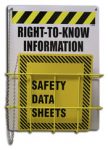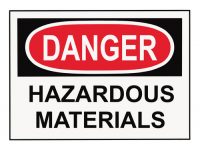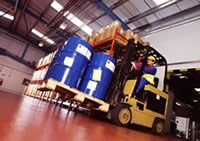Tag: PPE
Pesticides: Do You Have to Train? How to Tell
Company Fined for Lack of RCRA Training
It Takes Teamwork to Prevent Workplace Accidents
Workplace safety isn’t a one-person job. It takes teamwork. How’s your safety team doing? Here are some key steps to make your teams more effective.
11 Rules for Safe Handling of Hazardous Materials
Do your employees know how to handle hazardous materials safely? Here are 11 basic rules all employees who handle hazardous materials should know and follow.
10 Tips Toward PPE Compliance
10 Tips for Talking About Training
Training Tips for Safe Solvent Storage and Handling
Safe Storage Keep storage areas free of combustible materials such as chips, leaves, rags, pallets, paper, and so on. Avoid stacking containers to prevent a tip-over and spill. OSHA allows a maximum of two drums stacked with a pallet between to prevent excess stress on the walls of the drums. Don’t store solvents with incompatible […]
When PPE is Needed
Here are some examples of workplace hazards that might require some type of body protection: Extreme heat or cold Splashes from molten metals or other hot liquids Flames and sparks Impact from equipment and materials Exposure to hazardous chemicals Exposure to bloodborne pathogens Exposure to radiation Match the Protection to the Hazard Examples of body […]
9 MUSTs of Hazard Communication Training
Your hazcom training MUST include: An explanation of the hazard communication regulation and the requirements Locations of the areas in your workplace where hazardous chemicals live Locations of where the chemical inventory, MSDSs, written hazard evaluation procedures, and written communications program will be kept Descriptions of labeling systems How your hazcom program is implemented—including how […]








